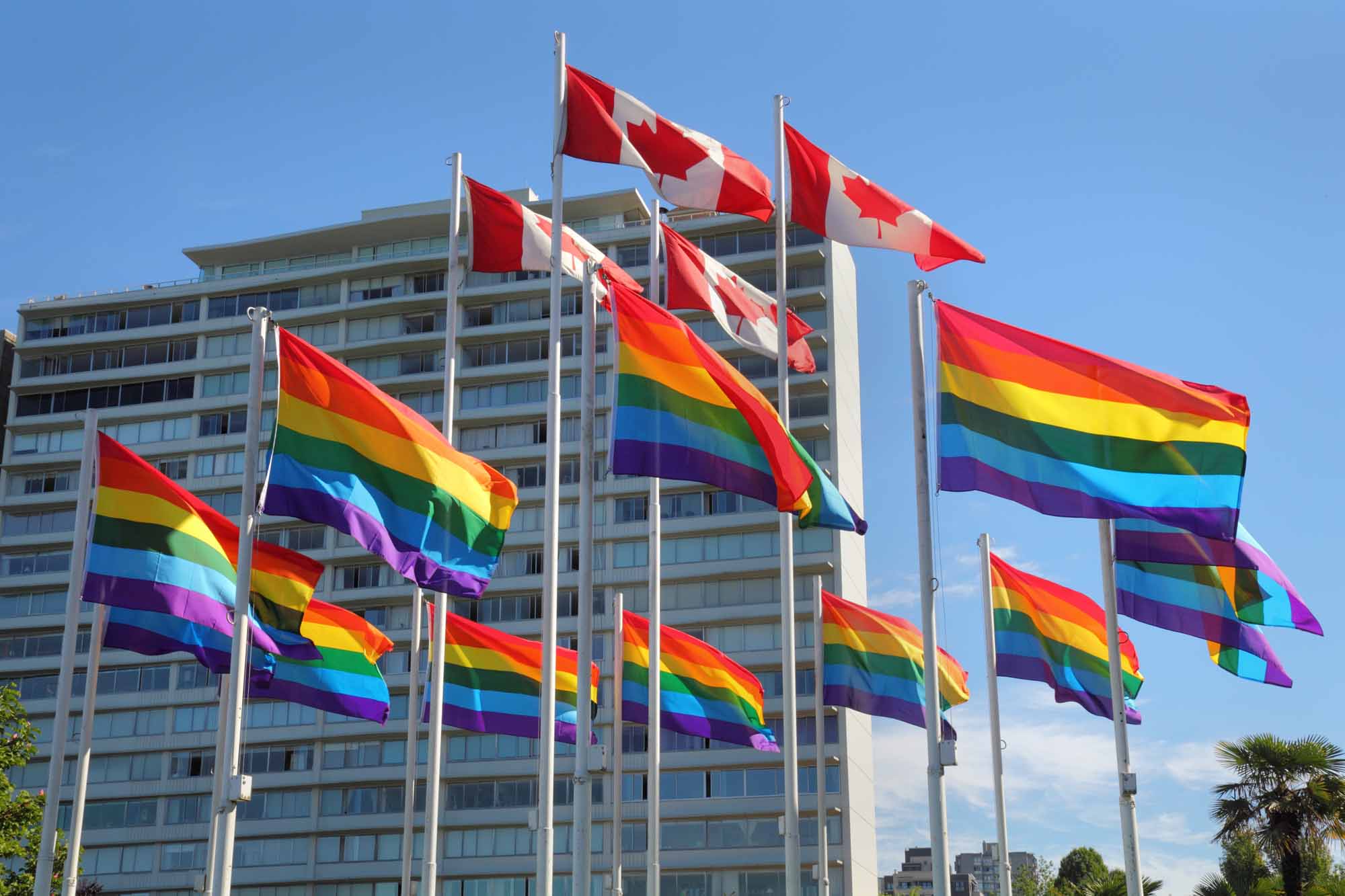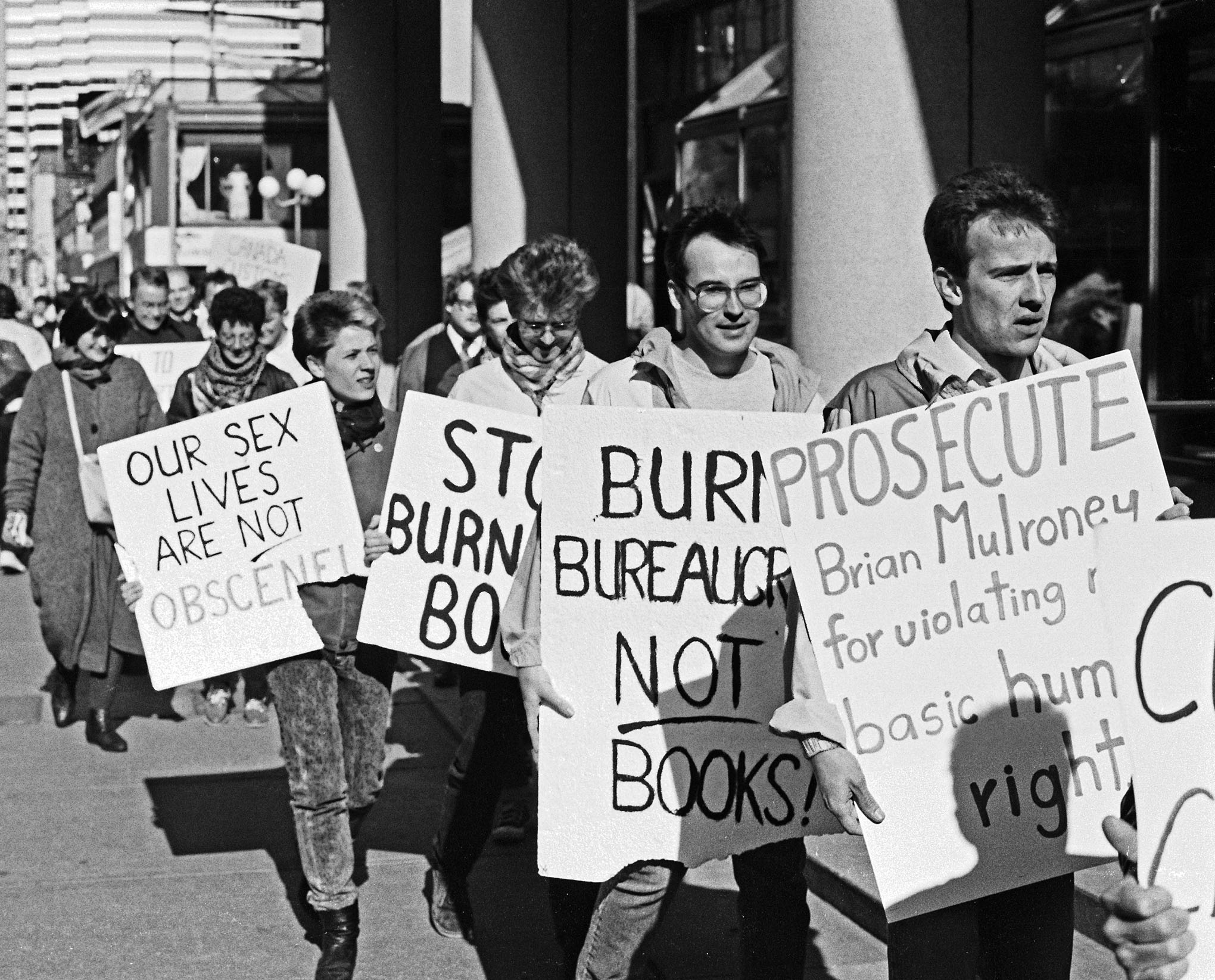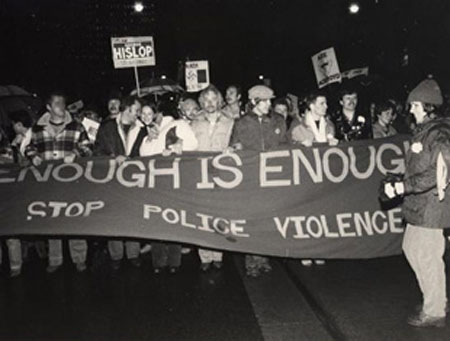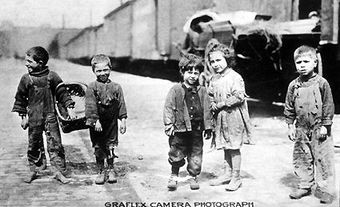Homosexuality can be characterized as sexual attraction or "sexual orientation" towards others of one's own sex. Homosexuals may be male ("gay") or female ("lesbian"). Like heterosexual behaviour, homosexual behaviour ranges from anonymous sex, promiscuity and prostitution to romantic affairs and lifelong faithful relationships.
Homosexuality in Western History
Homosexuality is among the most ancient manifestations of human sexuality, and different societies have reacted to it in various ways, from permissiveness to condemnation. Some societies believed homosexuals possessed magic powers and conferred shaman status upon them. The ancient Greeks treated homosexuality as part of the normal range of sexual behaviour.
At various times in Western history, homosexuality has been savagely punished. Leviticus 20:13, for instance, condemns homosexuals to death. Though there is no Gospel record of Jesus' opinion on the topic, the early Christian church under the influence of Paul condemned homosexuality, and ecclesiastical and secular law attempted to eradicate it. In certain periods of Western Christendom, allegations of homosexuality were enough to condemn the accused to torture and death by fire; one of the last legally orchestrated mass-executions of homosexuals occurred in the Dutch Republic in 1730.
In the 19th century the medical definition of homosexuality as an illness began to displace the religious definition of it as a sin. To denote the practice without using the traditional epithets,the Austro-Hungarian doctor and sexologist K.M. Benkert in 1869 coined the word "homosexual." In their search for causes of homosexuality, scientists and clinicians have proposed heredity, hormones, genital malfunction, childhood crisis, inadequate parenting, adolescent peer relationships and mental disorder, among other causes, but there is no conclusive evidence to support any of these as a single cause, and some have been effectively disproved. Recent investigations have focused on DNA and the so-far unproved existence of a "gay gene."
That homosexuality is simply a sexual variation (as is chastity or polygamy) won considerable international support in the 1920s as a result of the work of Dr Magnus Hirschfeld's Institute of Sexual Science in Berlin. Dr Hirschfeld formed the Scientific Humanitarian Committee to lobby for the abolition of criminal laws against homosexuals. But in 1933, at the instigation of the Nazi press, students raided the premises and burned the institute's books and documents. Later, many homosexuals in Nazi-occupied Europe were killed in concentration camps (estimates range from 100,000 to 400,000). The Nazis forced homosexual prisoners to wear an identifying badge, a pink triangle, which later became an emblem of gay identity and of liberation movements. In recent years the pink triangle has generally been replaced by the six-colour "rainbow flag," emphasizing a psychological shift away from defiant embrace of past suffering to a joyful celebration of a "proud difference" from the rest of the "normal" world.
Homosexuality in Modern Society
In 1948 American biologist Alfred Kinsey published a survey of American male sexual activity, shocking many by revealing statistical estimates that 37% of males had enjoyed homosexual orgasm at least once. Recent attempts to replicate Kinsey's survey have suggested lower numbers, but as long as social disapproval keeps large numbers of homosexuals "in the closet" it remains impossible to assemble a statistically accurate sample. The proportion of homosexuals in the population certainly varies from rural to urban areas. Social tolerance is greater in large cities, so many young homosexuals gravitate there.
In some districts of large Canadian, American and European cities, the homosexual population is large enough to develop a "gay subculture" comparable to an ethnic community. The gay subculture of a city such as Montréal, Toronto or Vancouver includes bars, discos, sports teams, political and religious groups, gay businesses, medical and legal services, newspapers and publishing houses, and even charitable foundations. Smaller centres have some of these facilities, but they are more covert.
Changes in Social Attitudes and Legal Status
In the 1960s, gay liberation activists began fighting openly for legal protection against discrimination, and have since lobbied successfully for change in many powerful institutions, from medicine to the army.
One early success was persuading the American Psychiatric Association in 1974 to recognize research proving that no particular physical or personality type is associated with homosexual orientation. The APA removed homosexuality from its catalogue of illnesses. Since then, a growing number of highly respected public figures have revealed their sexual orientation. In Canada, such figures have included members of federal and provincial parliaments, professors, artists, judges and lawyers, clergy, and members of the Canadian Armed Forces. Similar decisions to "go public" have occurred in the United States and European countries. At the time of writing, the premier of one Canadian province, Ontario, Kathleen Wynne, is openly lesbian and often appears in public with her long-time partner.
From Confederation in 1867 homosexuality was punishable under Canada's criminal law by up to 14 years in prison. In 1969 the law was amended by the Trudeau government by decriminalizing acts of sodomy between consenting adults of at least 21 years of age. Since then, the speed of social change in attitudes toward homosexuality has accelerated because of general tolerance (e.g. for common-law couples and single parents) and because of organized gay liberation campaigns. Today Canadian gays and lesbians can legally marry and adopt children. Numerous American couples have crossed the border to take advantage of this law.
However, such change remains highly controversial, and there are still individuals and organizations which remain opposed to the notion of homosexuality as a legitimate part of the normal range of human sexuality. Some religions in particular remain opposed, and have formed groups to suggest that homosexuality is simply a behavioural pathology, like alcoholism, which can be reversed by therapy and moral support. These groups recruit "reformed gays" or "ex-gays." It is noteworthy that such efforts have not thrived, and indeed, some are now disestablishing themselves. Even Pope Francis has suggested that it is not up to him to judge homosexual behaviour.
Many changes have come about through court decisions. Among the key issues have been the right of cohabiting same sex couples to claim tax benefits, pension benefits and protection of the right of the less powerful member of a couple to an equitable share of division of property on cessation of a relationship ("palimony"), all similar to the rights of heterosexual couples, whether married or in common-law partnerships.
Many of these changes were propelled in part by the deliberate action of gay clergy who openly defied the law by marrying homosexual members of their congregation. Since 1995, various court rulings have interpreted Section 15 of the Charter of Rights and Freedoms such that homophobic discrimination in housing, employment and other areas of the law is now banned nationwide.
Today a general public acceptance of the rights of homosexuals is demonstrated by many public events ranging from the appearance of mayors at local Gay Pride events to the sponsorship of gay fundraisers by banks, to the issuance of rainbow flags overprinted with the logo of provincial police (OPP). Change in police attitudes is still controversial. Gay officers are being openly recruited in some forces (eg, Toronto and Vancouver) while others (eg, London, ON) have at times behaved aggressively antigay.

 Share on Facebook
Share on Facebook Share on X
Share on X Share by Email
Share by Email Share on Google Classroom
Share on Google Classroom





